6 key takeaways about OSHA 1926.501(b)
February 6, 2025 at 9:00 p.m.By Julia Farrell, WRYKER.
Get a simplified explanation of the OSHA requirements for having employees working at heights.
The stakes of construction are often high, and not just because construction projects are big investments. In our field, workers frequently must operate at elevated heights, making the stakes quite literally high. In order to keep your workers safe and adhere to regulations, it is crucial to understand standards in the industry, such as Occupational Safety and Health Administration (OSHA)’s 1926.501(b). This is a regulation that addresses fall protection and what employers must have in place to keep their workers safe along the leading edge. In this article, the experts here at WRYKER have taken a look at this regulation and broken it down into some key takeaways to help you understand it better.
Leading edge definition
A leading edge, as defined by OSHA, refers to the unprotected side or edge of a walking or working surface, such as a roof, floor or platform, where construction activities occur. It's the foremost edge of a structure or surface where workers are exposed to the risk of falling to a lower level. Leading edges pose significant hazards, particularly in construction and require adequate fall protection measures to mitigate the risk of accidents and injuries.
Key points outlined in OSHA 1926.501(b)
1 - General requirements: OSHA 1926.501(b) mandates that employers must provide fall protection for workers engaged in construction activities at heights of six feet or more. This applies to activities such as working on scaffolds, roofs, elevated platforms or near open edges.
2 - Types of fall protection: The regulation offers flexibility in the choice of fall protection systems, including guardrail systems, safety net systems, personal fall arrest systems (PFAS), positioning device systems and warning line systems. Employers are responsible for selecting and implementing the most appropriate system based on the specific hazards present at the worksite.
3 - Guardrail systems: Guardrail systems, consisting of a top rail, mid rail and toe board, are one of the primary methods of fall protection outlined in OSHA 1926.501(b). These systems create a physical barrier to prevent workers from accidentally falling off elevated surfaces.
4 - Personal Fall Arrest Systems (PFAS): When guardrail systems are not feasible, employers must provide personal fall arrest systems (PFAS) to protect workers from falling. A PFAS typically includes an anchorage, connectors, a full-body harness and a lanyard or lifeline designed to arrest the fall of a worker. We have a full article dedicated to PFAS systems available online.
5 - Training requirements: Employers are also required to ensure that workers receive adequate training on the proper use of fall protection systems, including how to inspect, maintain and use equipment safely. Training should cover hazard recognition, emergency procedures and the importance of following established safety protocols.
6 - Inspection and maintenance: Regular inspection and maintenance of fall protection systems are essential to ensure their effectiveness and compliance with OSHA standards. Employers should conduct routine inspections of equipment, address any defects or deficiencies promptly and provide proper storage and maintenance procedures.
By adhering to the guidelines outlined in OSHA 1926.501(b) and implementing appropriate fall protection measures, construction companies can create safer work environments, protect their workers from hazards and ensure compliance with regulatory requirements. The safety of every worker is paramount and investing in proper fall protection is a worthy investment in the morale and well-being of your workforce.
Original article source: WRYKER
Find OSHA-compliant products favored by workers here!
Learn more about WRYKER in their Coffee Shop directory or visit www.wryker.com.

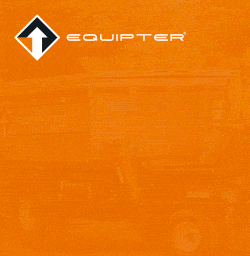


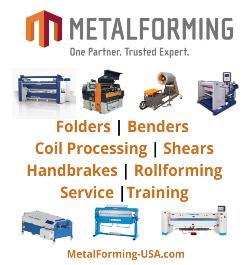



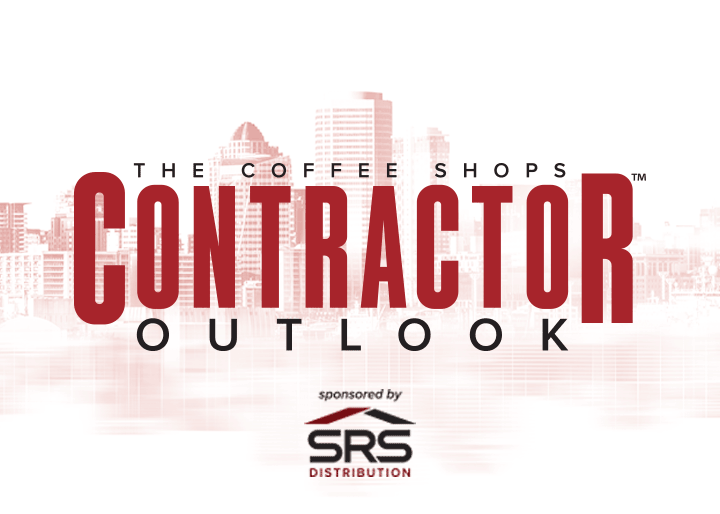


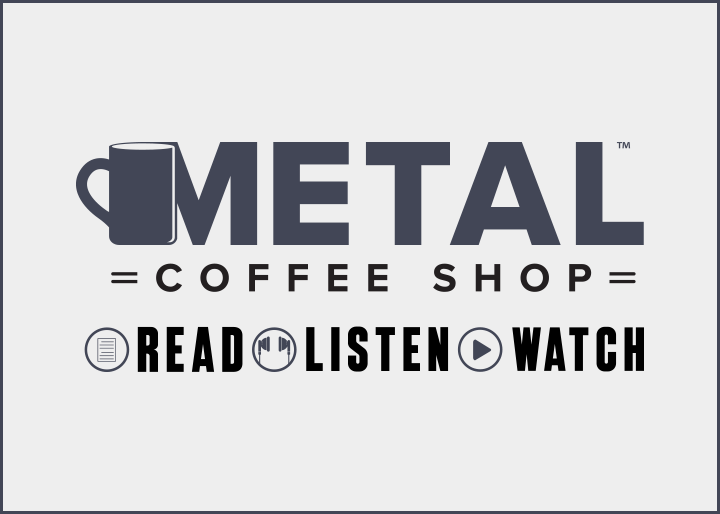

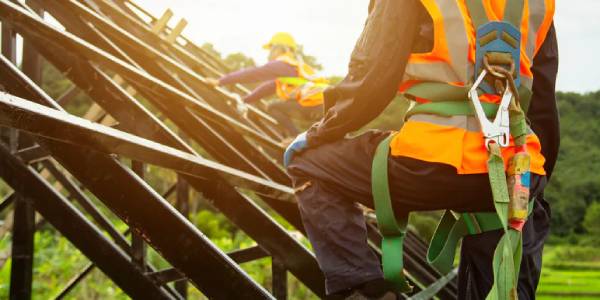
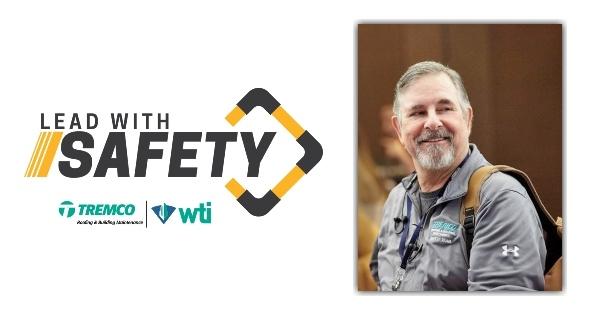



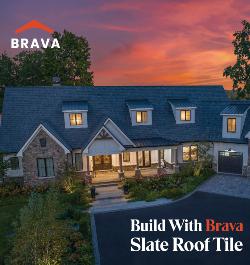



Comments
Leave a Reply
Have an account? Login to leave a comment!
Sign In